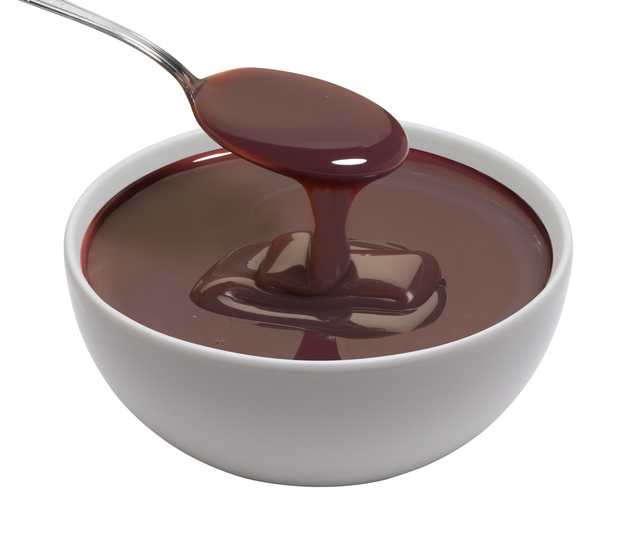Automatic Crack Length Measurements in Fatigue Testing

More information on the system can be found here.
Contact CPG for more information on this system, which is available for purchase.







Two articles recently appeared in Qmed that discuss medical device cleanliness. The first discusses the effects of cleanliness on the application of coatings on guidewires. Guidewires are used to help steer catheters and other cardiovascular equipment through blood vessels. PTFE is often applied to improve lubricity of the guidewires. When problematic flaking of the PTFE from guidewires was observed, Surface Solutions modified their cleaning process to help adhesion. Even contamination on the atomic level can interfere with adhesion of the PTFE, resulting in the need for ultraclean processing conditions.
The second article mentions the Sulzer InterOp recall, which was previously discussed in this blog. The article discusses manufacturing decisions in medical devices, including cleaning and sterilization, and how the materials used in the device need to be considered when selecting a sterilization modality.

Manufacturers of medical devices and food products will often use packaging with a reduced oxygen level in the region of the product to minimize oxidation of the product and increase shelf-life. Inert gas, such as nitrogen or argon, may be flushed through the packaging, or vacuum may be pulled on the packaging.
Alternatively, an iron-based oxygen scavenger can be placed in the packaging. The packaging often uses a barrier film to inhibit the diffusion of oxygen through the packaging. This film is often a composite structure of multiple layers of plastics and metals.
Determination of the oxygen level in the packaging is a useful way to determine the efficacy of the
packaging process, and to monitor the packaging integrity over time. CPG has developed a technique to quantify the oxygen content in packaged components down to oxygen concentrations in the parts per million. This technique is discussed in this application note.

Some of the staff at Cambridge Polymer Group and their spouses participated in Boston's annual Hub on Wheels, a 50 mile bike ride that winds through the Boston and its surrounding communities. The ride raises money for the Special Olympics, the Boston Parks and Recreation Fund, and Boston Bikes, an organization set up to encourage cycling in Boston.

An article recently appeared that discuss the use of extensional rheometry to characterize natural polymer systems. The study, published in Food Hydrocolloids by Choi and co-workers, considers the effect of saliva on food products thickened with either xantham gum or carboxymethyl cellulose. These authors used a CaBER extensional rheometer, developed by Cambridge Polymer Group, to demonstrate that filament breakup kinetics of xantham gum is greatly influenced by the presence of saliva, whereas carboxymethyl cellulose is not as affected.
The significance of this study relates to the concept of psychorheology, or how our perception of a product can be influenced by its rheology. In the present study, the extensional viscosity can influence our perception of taste and flavor, as well as general mouth feel, when the xantham gum's viscosity is modified by the presence of saliva.

Scanning electron microscopy (SEM) is a powerful imaging technique that can be used to discern morphological features down to nanometers. High energy electrons are focused into a narrow beam with electro-magnets, which then impinge on the sample and scatter backward off the surface. This beam is rastered across the surface of the sample in a similar manner to old television cathode ray tubes. Detectors then create an image by collecting these scattered electrons at each raster point, either from the source electrons that are backscattered from the surface, or from secondary electrons that are stripped from the atoms by the source electrons on and below the surface of the sample. Because of the flood of electrons (essentially a current) on the surface of the samples, a conductive path is required to prevent charge buildup. Charge buildup will alter the appearance of the surface by deflecting the paths of the electrons. Normally non-conductive materials such as polymers and other organic species such as tissue must be sputter-coated with a conductive coating, such as gold or carbon, in order to prevent this charge buildup. This process will hence alter the surface properties of the sample. Additionally, high vacuum is required with this approach, which will dehydrate samples containing a volatile material such as water. The surface coating will also interfere with energy dispersive spectroscopic analysis of the surface of the sample (EDS), whereby the metallized coating may obscure the elements actually present in the sample.
As an alternative method, variable pressure SEM, which is also sometimes called environmental SEM, can be used. Here a controlled amount of gas, which can be inert, such as nitrogen, or contain water vapor, is maintained in the sample chamber, while an aperture inhibits the flow of this gas into the gun chamber. The gas in the chamber is ionized by the incoming source electrons, and hence will neutralize charge buildup on the sample, negating the need for gold coating. Additionally, the increased gas pressure slows the evaporation of liquids, allowing the visualization of water-containing samples in a hydrated state, all be it at a reduced resolution.
CPG recently acquired a variable pressure scanning electron microscope (SEM). This system is useful for failure analysis of components, in that the imaging is non-destructive. Additionally, the CPG system has a cold stage, which allows the control of relative humidity and temperature in the chamber, which is useful for imaging water-containing samples such as tissue and hydrogels. The system acquired also has a large capacity chamber enabling in most cases visualization on entire devices and components.
More information can be found here.